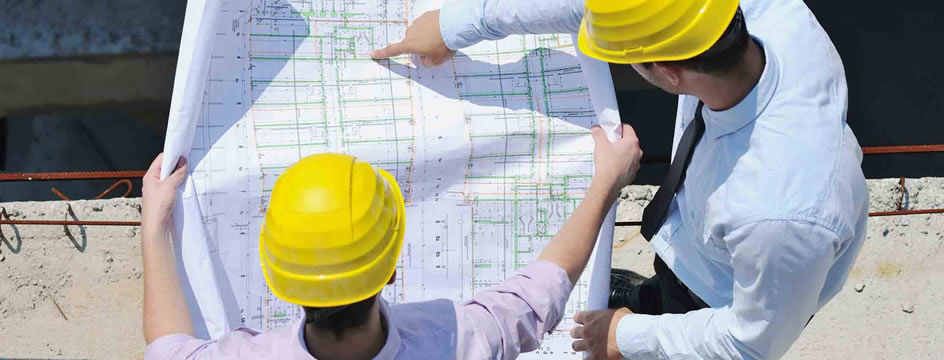IS THERE AN EASIER WAY TO GET SOMETHING BUILT?
Written by Paul Stridick
Director of Design-Build
You bet! Design-Build is a delivery method that provide owners with a single point of contact for both the design and construction. The Design-Builder is responsible for all aspects of a project: from estimating, assessments and pre-construction…to architecture, schematics, engineering, subcontracting, construction and post construction. Schedules are streamlined. Costs are minimized. Efficiencies are realized.
The TEAM works together from initial concept through to ribbon cutting and beyond. All done with open communication and purposeful collaboration, with the owner’s involvement in the decision-making process. TOGETHER…that’s the Design-Build philosophy.
Here’s just a few of the advantages and benefits of Design-Build (D/B):
Singular Responsibility: It’s all under one contract…a “one-stop-shop” for architecture, engineering and construction; a single point of responsibility for quality, costs and schedule. This effort results in a strong relationship that is committed to the ultimate success of the project with a collaborative partner all the way through the project.
Quality:
Greater responsibility is also a motivation for higher quality and the proper performance of process and building systems. D/B equals or improves the quality over typical design-bid-build projects because quality is designed into the project early on.
We’re on the Same Team:
As a team of design and construction professionals, we’re able to quickly and proactively approach the project since the team is closely aligned. Also, the infusion of construction knowledge into early design decisions will result in a highly efficient design from the very beginning…and that carries forward throughout the entire process with advantages to design, constructability, phasing and coordination.
Cost Savings:
Time is money…and working together, the planning, design and construction team members evaluate scope, size, alternatives, material selections, and methods efficiently and accurately…and this results in a strong cost analysis, an increased potential for reduced costs…but the greatest benefit is CERTAINTY.
Value Engineering:
Those can be “fightin’ words” in a typical project, but teamwork enables the evaluation of alternative systems, materials and methodologies efficiently and accurately. From the commencement of a project, the design and construction are woven into one component, even operating expenses can be
properly evaluated against the lifecycle costs of the project.
Time Savings:
The schedule can be crunched because of the overlap of design and construction…and gets you to the market faster. Long lead items can be committed to and purchases made well ahead of time. The entire schedule can be significantly reduced, resulting in earlier usage, and thus, positively influencing your bottom-line. Saving time = saving money.
Early Knowledge of Firm Costs:
This is a crucial benefit: The entity that is responsible for design is simultaneously controlling construction cost while accurately conceptualizing the completed project. This results in guaranteed construction costs far sooner in the project than traditionally possible.
As you can see, the real value is in the process itself, and the real advantage for the client is that the price becomes the price. A number you can count on. It’s a one-stop-shop that you can depend upon. Save time; save money. Design-Build enables the power of the team to deliver projects faster, better and for optimum costs…it’s the best value for the money, time and effort invested. What a better way to protect that investment and build a project that is easier, more efficient, faster and less expensive…it just makes sense!
Back to the Future: In Greek, the word “Architect” translates in Archi-Tector: the chief carpenter. That’s a time when the “Master Builder” was not the contractor, nor the architect or engineer. The Master Builder was all three disciplines…one who integrated design and construction. However, over time, design and construction began to separate with individuals beginning to identify themselves as either the designer or tradesmen. Guilds were formed and trades became siloed.
Fast-forward to the Industrial Revolution and specialization affected all aspects of building. The result was that over the years, the design and construction degenerated from a culture of cooperation, teamwork, trust and mutual respect into one of fragmentation and inefficiencies. Now, over the past few decades, many organizations and companies (such as The Bannett Group) are making successful efforts to restore design and construction back to its original, collaborative roots. As it should be: It’s intended to be a highly collaborative, fully integrated process that is built on trust, mutual respect, teamwork, innovation and creative problem solving.
*Article originally appeared here in WCRE‘s #InformationLibrary


